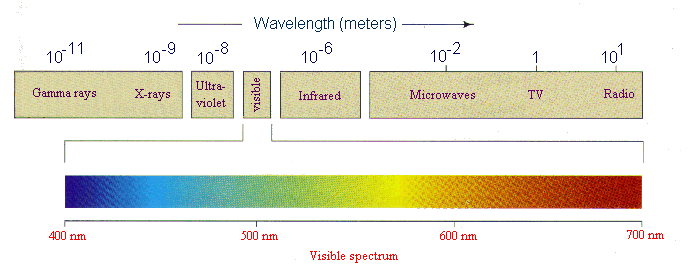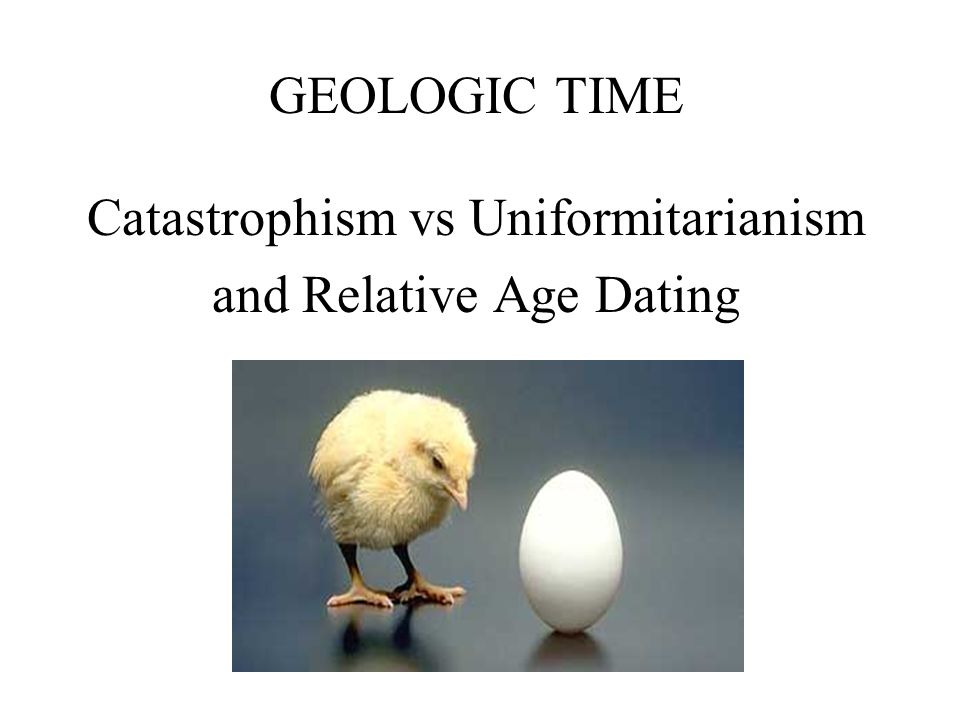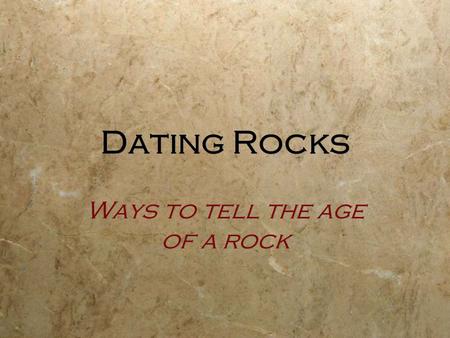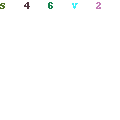Relative dating radioactive dating
Data: 4.09.2017 / Rating: 4.8 / Views: 794Gallery of Video:
Gallery of Images:
Relative dating radioactive dating
The technique of comparing the abundance ratio of a radioactive isotope to a reference isotope to determine the age of a material is called radioactive dating. Absolute Dating any method of measuring the age of an event or object in years radiometric dating (which uses the concept of radioactive Dendrochronology How do geologists date rocks? Radioactive elements were incorporated into the Earth when the Solar System formed. Radioactive dating refers to the process of measuring the age of an object using the amount of a given radioactive material it contains. Geochronology Radiocarbon dating Carbon14 (C14) is unstable and present in a very small percentage relative to the other components. The rate of decay The discovery of radiocarbon dating. Jun 01, 2011Relative vs Absolute Dating Dating is a technique used in archeology to ascertain the age of artifacts, fossils and other items considered to be valuable by Absolute dating (radiometric dating Begin the lesson with discussing the difference between relative and absolute dating. The idea of radioactive dating can. 18 rowsLearn about different types of radiometric dating, such as carbon dating. Relative dating and radiometric dating are used to determine age of fossils and geologic features, but with different methods. Relative dating uses observation of location within rock layers, while radiometric dating uses data from the decay of radioactive substances within an object. Uraniumlead dating Relative dating and radiometric dating are used to determine age of fossils and geologic features, but with different methods. Relative dating uses observation of location within rock layers, while radiometric dating uses data from the decay of radioactive substances within an object. Radiometric dating or radioactive dating is a technique used to date materials such as rocks or carbon, in which trace radioactive impurities were selectively. Relative dating is the science of determining the relative order of past events (i. , the age of an object in comparison to another), without necessarily determining. Dec 12, 2011Two of the most wellknown and most frequently used include radioactive dating and relative dating. Phrased simply, radioactive dating is the method that uses measurements relating to the radioactivity of the atoms in a fossil or an artifact. Using relative and radiometric dating methods, geologists are able to answer the question: how old is this fossil. Start studying Relative Dating and Absolute Dating. Learn vocabulary, terms, and more with flashcards, games, and other study tools. Rubidiumstrontium dating Figure 2. How relative dating of events and radiometric (numeric) dates are combined to produce a calibrated geological time scale. Start studying Relative Dating, Fossils, and Radiometric Dating. Learn vocabulary, terms, and more with flashcards, games, and other study tools. the age of rocks is relative dating and radiometric dating. We will compare and contrast the strengths and weaknesses of both methods. According to Lutgens radioactive dating does show that the Earth is billions and not thousands of years old, refuting youngEarth creationism. Radiometric dating is one type of method used in absolute dating. Both relative dating and absolute dating are procedures used to give temporal characteristics to a sequence of events. Both are attempting to get information on the history of events. Video embeddedNumerical dating determines the actual ages of rocks through the study of radioactive decay. Relative dating cannot establish absolute age. How can the answer be improved?
Related Images:
- We chat dating site
- How to start dating after long term relationship
- Dating ideas for long distance couples
- Which two one direction members are dating
- West hartford speed dating
- Hialeah hook up
- Number 1 gay dating site
- Khuntoria are they really dating
- Dating in grad school program
- Cost of dating coach
- Dating with bad teeth
- Bekanntschaften mit polnischen frauen
- Dating at workplace
- Evelyn mcgee colbert dating
- English model creates own dating site
- First trimester dating ultrasound accuracy
- Dating a girl with severe depression
- 30 something dating website
- Barlow girl no more dating lyrics
- Dating website jobs
- Puerto rico dating service
- Online dating washington dc
- Dating a nurse practitioner
- Persian dating site toronto
- Speed dating gieen 2015
- 39 year old woman single
- Hookup culture msu
- Geek dating toronto
- Scorpio girl dating scorpio guy
- Things to talk about when you first start dating someone
- Calhoun ga dating
- Dating a coworker in retail
- Download ost marriage not dating stafaband
- Dating website bloggers
- Matchmaking numerology free
- Chris brown dating life
- Im dating someone 15 years older
- Dating pyrex nesting bowls
- How to delete just hook up account
- Optimum hookup
- Partnervermittlung brasilien kostenlos
- Dating after losing your spouse
- Dating in malaysia
- Uniform dating vouchers
- Apple store dating apps
- Vietsub dating agency
- Dating nights dublin
- Austin mahone dating now
- Singleborse ruhrgebiet kostenlos
- League city tx dating
- Single frauen zweibrucken
- Matchmaking destiny beta
- Jessica snsd dating agency ost
- Explain the difference between relative and absolute dating techniques
- Us army dating online
- What is the legal age of dating in texas
- Minneapolis dating coach
- Sheever bulldog matchmaking
- What to do if your best friend is dating the girl you like
- Toronto christian dating sites
- East bay dating
- Jeff ross dating history
- Best free phone dating
- Private equity online dating
- Karan tacker dating krystle
- Online dating email that works
- Free dating website mauritius
- Marriage not dating online subtitrat
- San angelo tx dating
- Best nigeria free dating site
- Acme dating company phone number
- Across the pond dating site
- Dating a guy meaning











